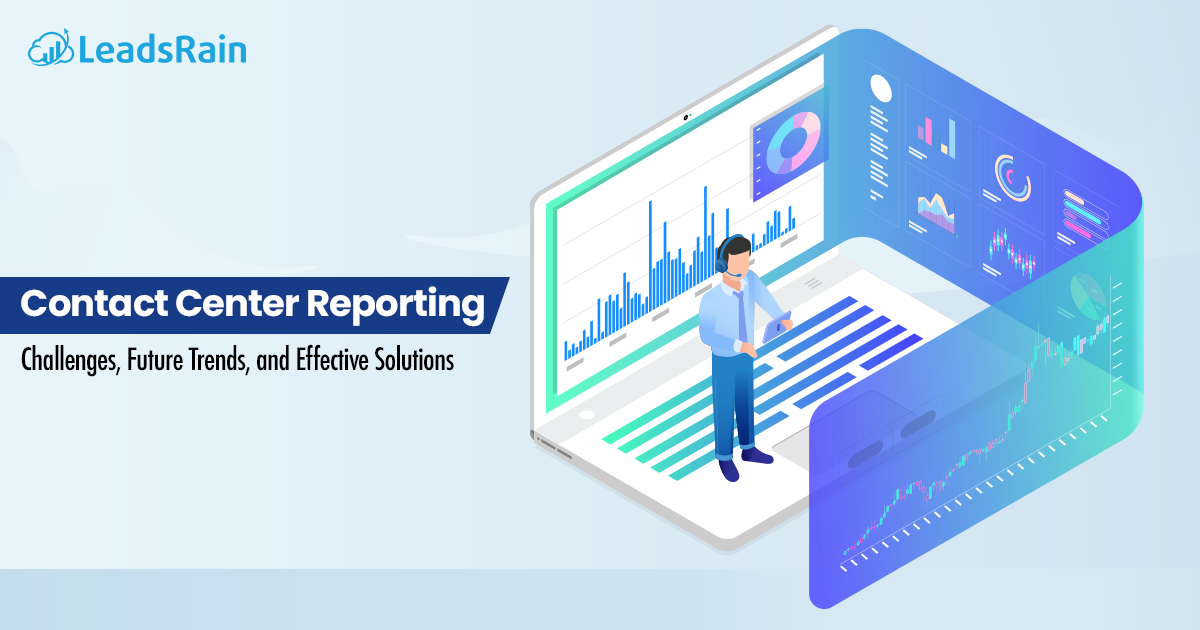The pulse of every successful contact center lies in its reporting system—a data-driven compass that guides operational strategies and customer engagement. Reporting is no longer just about tracking calls or measuring agent productivity; it has become a vital tool for understanding customer behavior and fine-tuning experiences. Despite its importance, contact centers often face significant roadblocks, such as scattered data silos, lack of real-time insights, and the pressure to align metrics with business goals. These challenges can cloud the path to delivering exceptional service.
Technological advancements are reshaping the narrative. Sophisticated AI tools, intuitive dashboards, and real-time analytics are not only simplifying data management but also making reporting smarter and more impactful. The future looks even more promising, with innovations aimed at turning complex datasets into easily digestible, actionable insights. These changes are set to transform how contact centers operate, enabling a seamless blend of efficiency and customer-centric strategies.
In this article, we explore the hurdles contact centers face in reporting and highlight the transformative trends that are redefining the way these challenges are addressed.
Challenges in Contact Center Reporting
Reporting in contact centers goes beyond pulling numbers from dashboards; it’s about extracting meaningful insights that drive strategy and decision-making. However, many challenges continue to hinder this process, often leaving organizations grappling with inefficiencies and missed opportunities.
1. Disconnected Data Streams
With customer interactions spanning phone calls, emails, social media, and live chats, contact centers deal with overwhelming data from diverse sources. This fragmentation makes it difficult to consolidate information into a single, actionable view, leading to reporting gaps and inefficiencies.
2. The Struggle for Real-Time Precision
Contact centers thrive on agility, but outdated or underperforming systems often fail to deliver real-time insights. A delay in accessing critical metrics such as queue times or customer satisfaction scores can result in missed opportunities to address issues or improve service on the fly.
3. Misaligned Metrics with Business Goals
Measuring performance with the wrong KPIs can derail strategic objectives. Traditional metrics like Average Handle Time (AHT) often overshadow more meaningful indicators like Net Promoter Score (NPS) or Customer Effort Score (CES), leaving businesses unable to connect reporting insights to long-term growth.
4. Data Quality and Reliability Issues
Erroneous data entry, inconsistent collection methods, and system glitches are common culprits behind inaccurate reporting. These issues undermine trust in the reporting process and lead to decisions based on flawed information.
5. The Compliance Conundrum
In an era of strict data privacy regulations, balancing the need for comprehensive reporting with compliance requirements is a significant challenge. Contact centers must tread carefully, ensuring that analytics do not compromise customer privacy or violate data protection laws.
Future Trends in Contact Center Reporting
The future of contact center reporting is a fusion of cutting-edge technology and customer-centric innovation. As contact centers evolve into strategic hubs for enhancing customer experiences, reporting tools are becoming smarter, more integrated, and capable of driving transformational insights.
Here’s a detailed look at the trends shaping the next generation of contact center reporting:
1. AI-Powered Analytics and Predictive Insights
Artificial intelligence is redefining how contact centers process and interpret data. Advanced AI tools now analyze vast datasets to uncover patterns, predict future trends, and provide actionable insights. Sentiment analysis, enabled through natural language processing, adds a new layer of understanding by interpreting customer emotions during interactions. These technologies enhance decision-making and improve response times and customer satisfaction.
- Predict call volumes and customer sentiment through advanced modeling.
- Enable proactive issue resolution and resource optimization.
- Use predictive insights to minimize escalations and churn risks.
- Deploy chatbots and virtual assistants based on historical data trends.
2. Unified, Omnichannel Reporting Platforms
Integrating data from multiple channels into one reporting system simplifies the complexities of tracking customer journeys. Unified platforms merge data from calls, chats, emails, and social media, providing a complete view of interactions. This seamless integration ensures managers can identify service gaps and improve engagement strategies with minimal effort.
- Consolidate touchpoint data into a single, accessible interface.
- Gain a 360-degree view of customer behavior and preferences.
- Uncover patterns across customer journeys to drive better outcomes.
3. Real-Time Dashboards for Instant Decision-Making
Real-time dashboards offer unparalleled insights by presenting live updates on critical metrics such as queue times and customer satisfaction scores. These tools empower managers to act immediately, improving service levels and optimizing performance on the go. A dynamic approach to reporting eliminates delays in addressing customer or operational issues.
- Access live data for immediate operational adjustments.
- Improve workforce management during high-demand periods.
- Highlight emerging trends in customer behavior instantly.
- Allow managers to set alerts for performance thresholds.
- Enable faster responses to real-time customer needs.
4. Hyper-Personalization Through Advanced Insights
Tailored customer experiences are now achievable thanks to reporting systems that leverage detailed interaction histories. Personalized insights make it easier for agents to deliver targeted solutions, predict customer needs, and even upsell products effectively. This focus on personalization strengthens relationships and increases customer loyalty.
- Offer agents customer-specific recommendations in real-time.
- Create detailed customer profiles for targeted interactions.
- Measure the impact of personalization efforts on satisfaction levels.
5. Integration of Conversation Intelligence
Conversation intelligence tools analyze interactions in real-time, offering valuable insights into conversation quality, compliance adherence, and customer outcomes. These tools allow managers to identify gaps in agent performance or uncover trends that require immediate attention. A single interface combines transcription and analytics, making reporting faster and more effective.
- Track keywords and compliance metrics for quality assurance.
- Identify training opportunities to enhance agent performance.
- Detect emotional cues to adapt responses dynamically.
- Monitor customer objections and adjust scripts accordingly.
- Analyze call outcomes to refine conversation strategies.
6. Automated Reporting and Customizable Metrics
Automation in reporting eliminates repetitive tasks and reduces errors. Customizable dashboards allow managers to focus on KPIs most relevant to their goals. These systems streamline workflows and make it easier to align reporting with business strategies, offering greater precision and speed in decision-making.
- Generate detailed reports automatically for consistent accuracy..
- Eliminate manual data entry errors for reliable analytics.
- Reduce reporting preparation time for faster decision-making.
7. Focus on Employee Experience Metrics
Modern reporting tools emphasize agent well-being by tracking metrics such as workload distribution and stress indicators. Insights into agent health help create supportive work environments that boost morale and reduce attrition rates. A happy workforce directly contributes to better customer experiences.
- Monitor workload balance to prevent agent burnout.
- Track agent satisfaction scores for better workforce management.
- Highlight areas where additional support or tools are needed.
Best Practices for Overcoming Reporting Challenges
Overcoming the challenges of contact center reporting isn’t just about having the right tools—it’s about using them effectively. Each center faces its own set of hurdles, and the key to success is simplifying processes, training teams, and integrating systems that turn data into meaningful insights. It’s about focusing on people—your customers and agents—and ensuring your reporting empowers you to make smarter, faster decisions that drive better outcomes.
Adopt Automation: Minimize manual processes by integrating automated tools for data collection and reporting.
Invest in Training: Ensure teams understand the tools and metrics to extract meaningful insights.
Prioritize Metrics That Matter: Focus on KPIs that align with strategic goals and customer expectations.
Regularly Audit Data: Implement processes to validate data accuracy and consistency.
Stay Agile: Regularly update reporting frameworks to adapt to changing technologies and customer needs.
Bringing It All Together
Mastering contact center reporting can feel like solving a puzzle with missing pieces, but the clarity is game-changing once those pieces fall into place. It’s all about aligning the right tools with your team’s strengths to uncover insights that move the needle.
If you’re ready to ditch the complexity and turn your reporting into a true asset, contact us at support@leadsrain.com. We’re here to help you make sense of the noise and focus on what matters.




